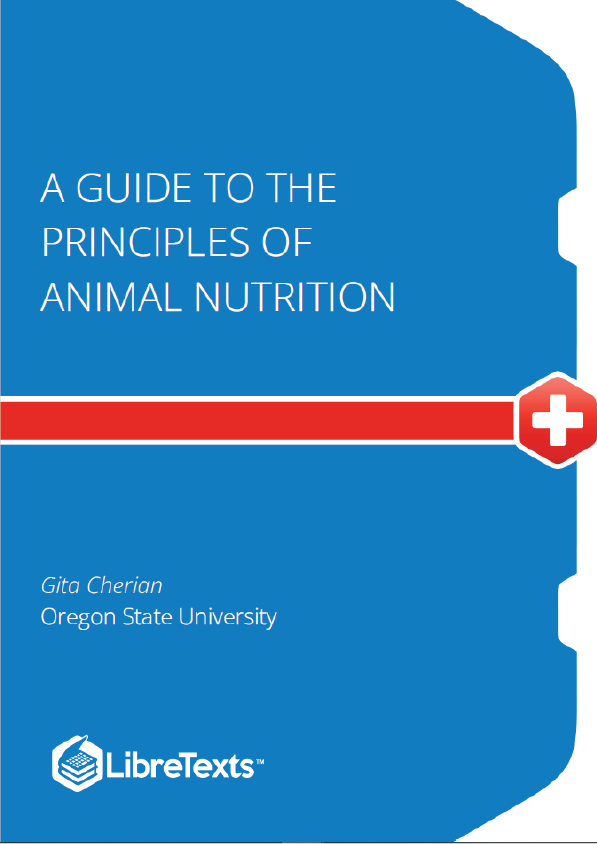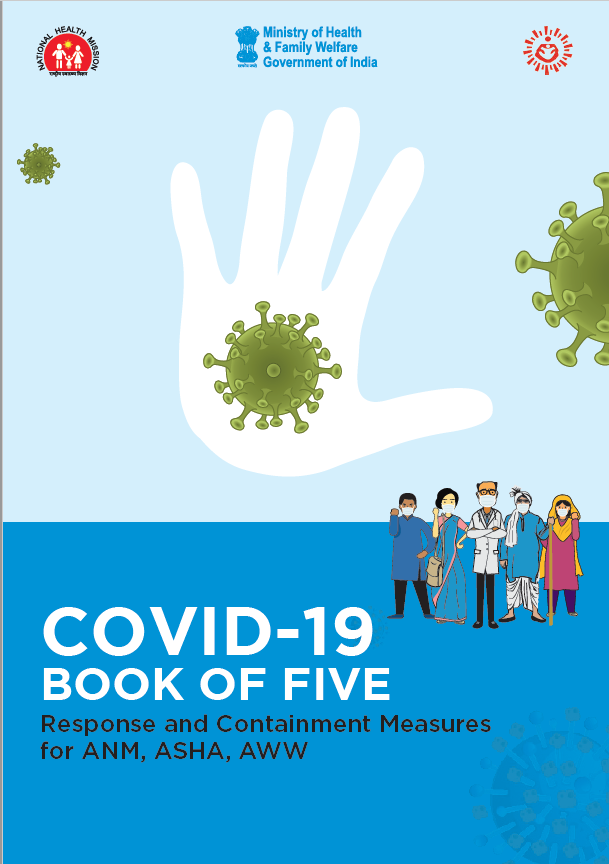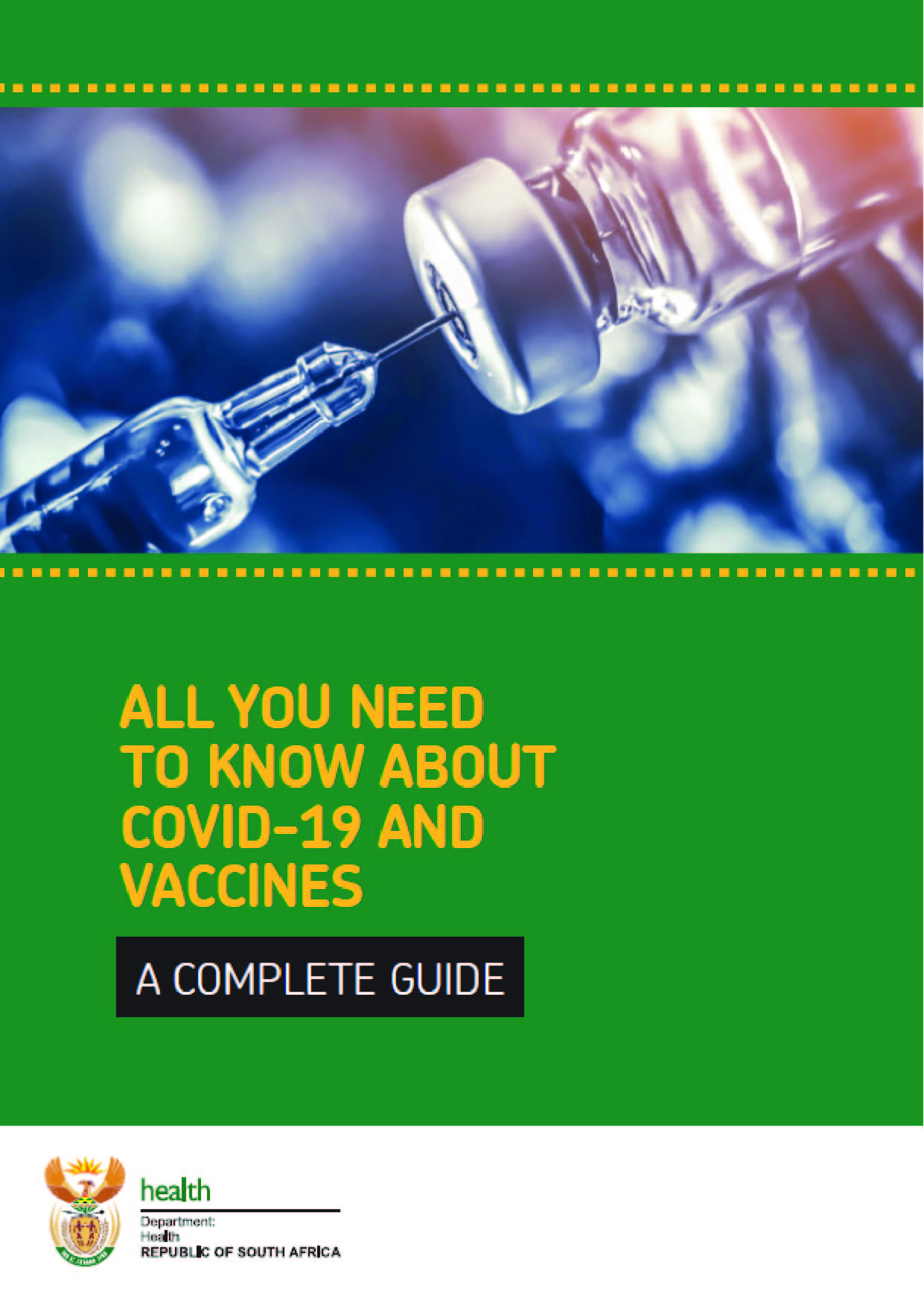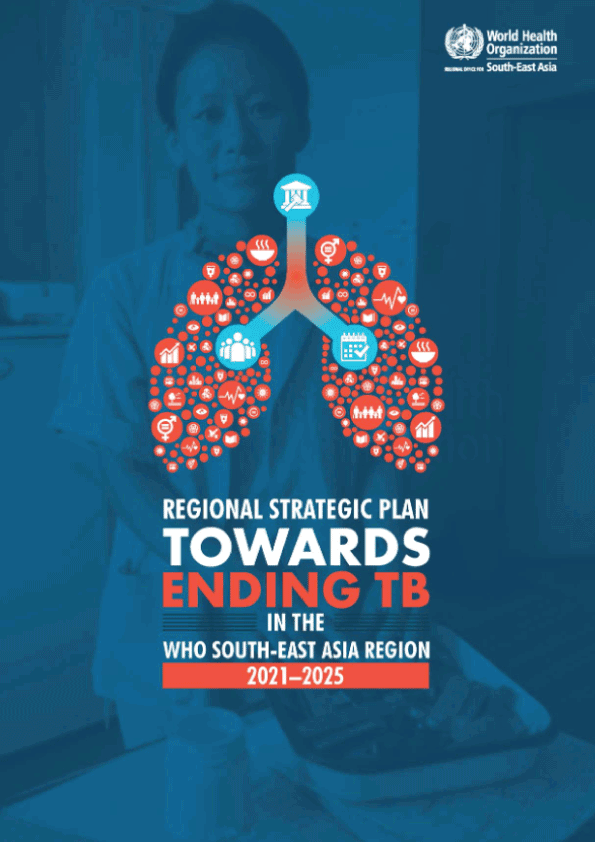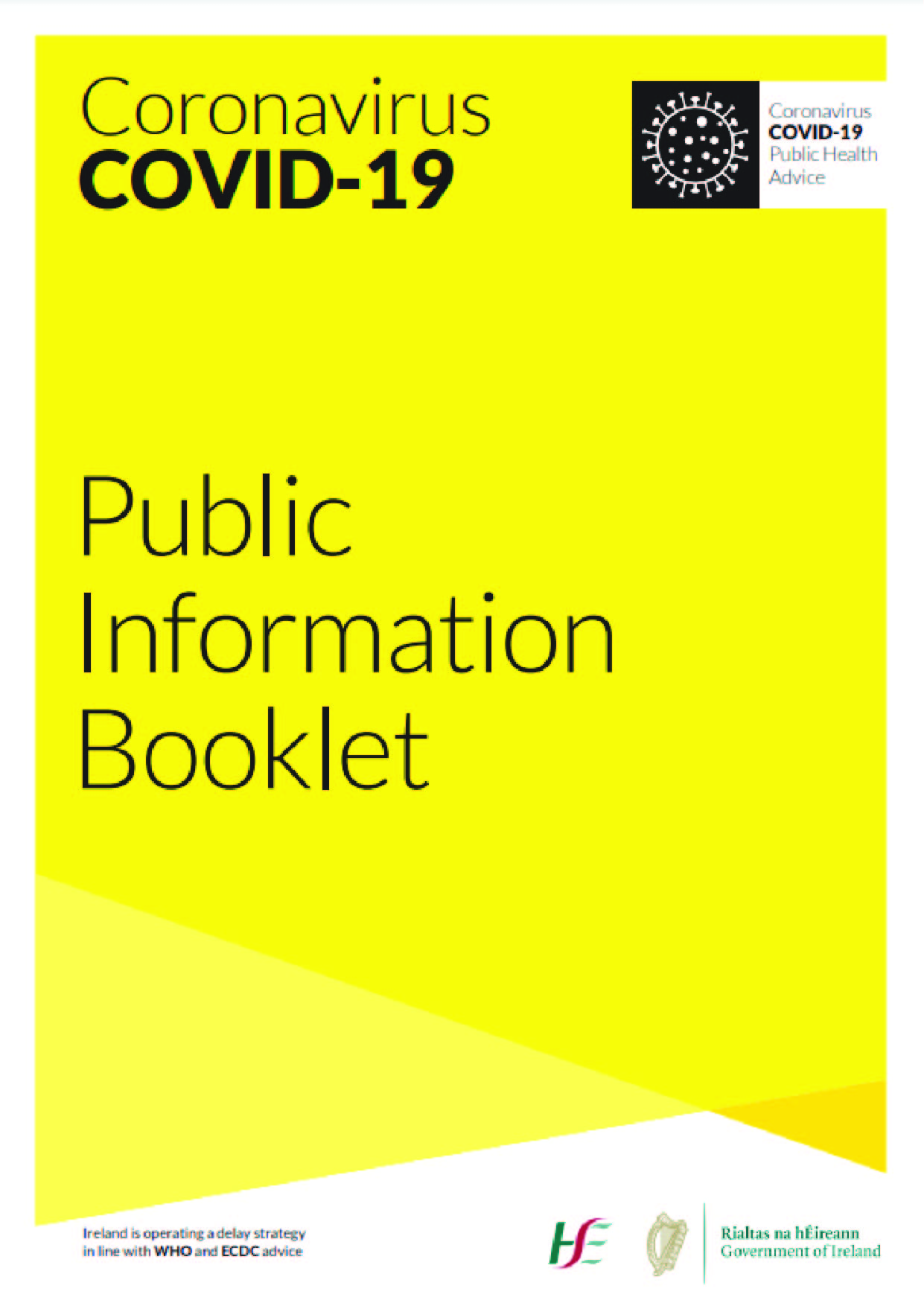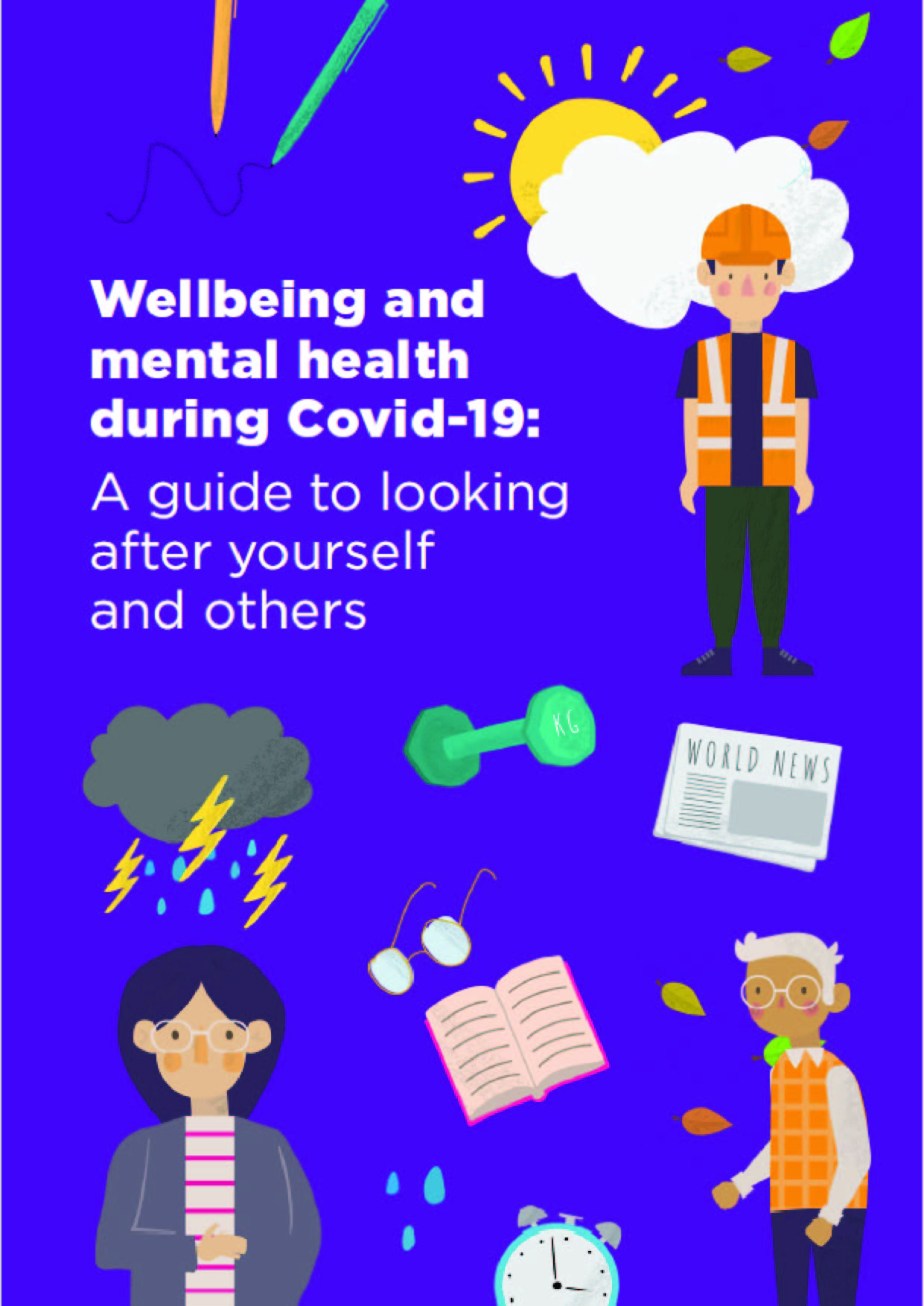In this introductory text, six fundamental nutrients, their structure, digestion, and metabolism are covered. A brief introduction to bioenergetics, feed additives, nutrient analysis, digestive organs and processes in monogastric and ruminant animals, and methods for assessing nutrient utilization are also included.
The science of nutrition can be defined as the sum of different biochemical and physiological processes which transform food/feed components into body elements that are required for sustaining life, growth, health, and productivity. In farm animals such as livestock, pigs and poultry, nutrition is also important in maintaining food (e.g. meat, milk, eggs) product quality, minimizing the cost of production, and loss of undigested nutrients. Therefore, an understanding of basic nutrition concepts are essential for formulating rations and developing feeding practices for enhancing efficiency of food production while protecting the environment and maintaining the nutritional value of animal-derived foods.
This book entitled “A Guide to Principles of Animal Nutrition” consists of 20 chapters. As the name says, this book is a guide primarily meant to serve students taking animal nutrition courses at the university level and is not a full-scale animal nutrition text. Information digestive anatomy and processes provide the foundation to understand how animals utilize nutrients. The text begins with basic information on feed nutrient analysis, anatomical and physiological bases of digestion in food producing ruminant as well as non-ruminant animals. Description of chemical structure, digestion, absorption, assimilation, and metabolism of energy producing nutrients followed by vitamins and minerals are emphasized in rest of the chapters. To integrate the basic knowledge of nutrition with practical animal feeding, the book closes with two chapters discussing some of the major feed additives used in animal diets and methods used in assessing feed nutrient utilization.
The most distinguishing characteristic and unique contribution of this book is that it will take advantage of advances in digital teaching technologies to address the current learning trends of a new generation of veterinary/agriculture science students and will enable wide distribution of the educational materials in animal nutritional sciences.
Concepts of Nutrition
Nutrition is a relatively new science. It is an applied science that encompasses the principles of other sciences, such as chemistry, biochemistry, and physiology.
Animal nutrition deals with the nutritional needs of food-producing, companion, or service animals. It is the science of preparation or formulation of feed for animals that produce food (e.g., meat, milk) or nonfood materials (e.g., wool). Animal nutrition also is an integrative science, as it deals with the different steps by which the animal assimilates feed, or food, and uses it for its growth, health, and performance (e.g., meat, milk, and egg production and service).
In addition to the health, welfare, or productivity of the animal, food animal nutrition is also very important due to economic (e.g., feed cost) and environmental aspects (manure and undigested, wasted nutrients, such as phosphorus and nitrogen, contaminating air, soil, and water), as well as nutritional quality (eggs, meat, milk).
Nutrients are chemical elements or compounds present in feed that support health, basic body maintenance, or productivity. Fundamental nutrients include water, carbohydrates, protein, fat, vitamins, and minerals.
